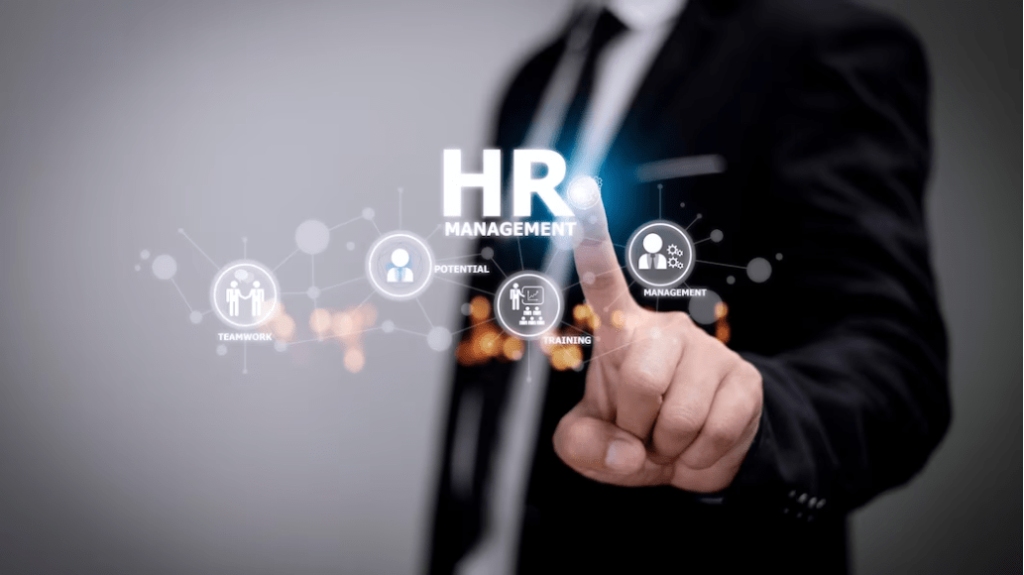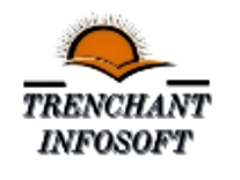
HR Payroll, often referred to as “Human Resources and Payroll,” is a critical component of business management that involves the administration of employee-related processes, payroll calculations, and related compliance tasks. It encompasses various activities related to employee compensation, benefits, tax deductions, and more. Companies use HR payroll systems or software to automate and streamline these processes. Here’s an overview of HR payroll:
Key Aspects of HR Payroll:
- Employee Data Management: HR payroll systems store and manage employee information, including personal details, job roles, salary structures, and benefits.
- Payroll Processing: Payroll processing involves calculating employee salaries, bonuses, commissions, and any deductions, such as taxes, insurance, retirement contributions, and other withholdings.
- Time and Attendance Tracking: HR payroll systems may integrate with time and attendance tracking solutions to accurately record employee work hours and attendance, which affects payroll calculations.
- Tax Compliance: Ensuring accurate tax calculations and deductions is crucial for legal compliance. HR payroll systems help calculate and withhold the correct amount of taxes from employee salaries.
- Benefits Administration: These systems can manage employee benefits, such as health insurance, retirement plans, and other perks. They track enrollments, contributions, and any changes.
- Direct Deposits and Payroll Disbursement: HR payroll systems facilitate the direct deposit of employee salaries into their bank accounts, reducing the need for paper checks.
- Reporting and Analytics: These systems offer reporting and analytics features, allowing HR and finance teams to generate payroll reports, tax reports, and other relevant insights.
- Regulatory Compliance: HR payroll systems assist in staying compliant with labor laws, tax regulations, and other legal requirements related to payroll and employee compensation.
- Employee Self-Service: Many modern HR payroll systems offer employee self-service portals, enabling employees to view their pay stubs, tax information, benefits, and update personal details.
- Integration with Accounting: HR payroll systems often integrate with accounting software to ensure accurate financial records and reporting.
- Security and Data Privacy: Since payroll involves sensitive employee data, security measures and data privacy standards are crucial in HR payroll systems.
The goal of HR payroll systems is to streamline processes, reduce manual errors, enhance accuracy, and improve overall efficiency in managing employee compensation and related tasks. These systems are commonly used across various industries and business sizes.
It’s important to note that the features and capabilities of HR payroll systems can vary based on the specific software or solution chosen by a company. Businesses should select a system that aligns with their unique needs and regulatory requirements.
